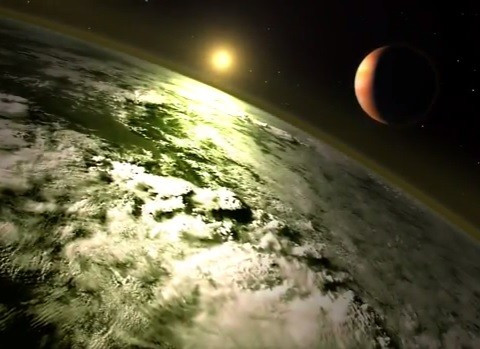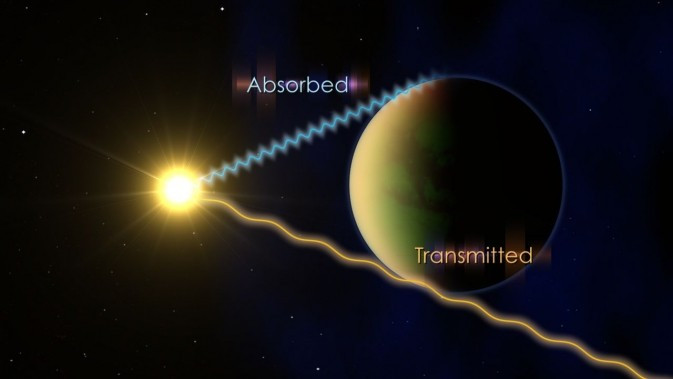Hubble Telescope Spots Five 'Hot Jupiter' Planets With Signatures of Water

Nasa has said it is "confident" it has seen signatures of water on five planets after conclusively measuring their profiles for the first time.
The Hubble Space Telescope was used to identify faint signatures of water on five distant planets orbiting stars beyond our solar system.
Nasa has measured and compared the profiles and intensities of the planet atmosphere signatures to establish the presence of water.
The five planets - WASP-17b, HD209458b, WASP-12b, WASP-19b and XO-1b - have differing water signatures, with WASP-17b and HD209458b giving the strongest signals.
Avi Mandell, from Nasa's Goddard Space Flight Centre and lead author of a Astrophysical Journal paper describing the findings for WASP-12b, WASP-17b and WASP-19b, said: "We're very confident that we see a water signature for multiple planets
"This work really opens the door for comparing how much water is present in atmospheres on different kinds of exoplanets, for example hotter versus cooler ones."
The five planets are described as "hot Juptiers", in that they are massive worlds that orbit close to their host stars.

Researchers found they all have hazy surroundings. The layer of haze or dust blankets each of the planets, which reduces the intensity of all signals from the atmosphere.
Scientists explained that haze reduces signals in the same way fog can make colours of a photograph appear muted, so the water signals were less pronounced than they had expected.
Observations were made through a range of infrared wavelengths where the water signature would appear. The researchers then compared the shapes and intensities of the planet profiles and the consistency gave astronomers confidence they were seeing water.
Hubble's Wide Field Camera 3 is one of the few telescopes able to peer into the atmospheres of exoplanets located many trillions of miles away. Researchers are only able to identify gasses in a planet's atmosphere when they are passing in front of their stars, as they can determine which wavelengths of the star's light are transmitted and which are partially absorbed.
Drake Deming of the University of Maryland, who led a census of exoplanet atmospheres, said: "To actually detect the atmosphere of an exoplanet is extraordinarily difficult. But we were able to pull out a very clear signal, and it is water."
Heather Knutson, co-author of Deming's paper, said: "These studies, combined with other Hubble observations, are showing us that there are a surprisingly large number of systems for which the signal of water is either attenuated or completely absent. This suggests that cloudy or hazy atmospheres may in fact be rather common for hot Jupiters."
© Copyright IBTimes 2025. All rights reserved.






















